Facilitate the reduction of material damage to improve quality. Reduce total manufacturing time by designing an efficient material movement One of the main objectives of material handling is to reduce production costs. Material handling can account for up to 50 percent of the total cost of the product, and effective material handling can help minimize this cost. When handling costs are reduced, the total unit cost is reduced as a direct result.
Sophisticated management theories, including just-in-time production and supply chain management, refer primarily to material handling. It has been estimated that the average cost of handling materials is approximately 30 to 60% of the cost of production. This is because most production time is consumed in handling materials before, during and after manufacturing. However, this cost can be reduced by the proper selection, operation, maintenance and arrangement of material handling devices, but it cannot be completely eliminated.
An effective material handling system allows your company to have the necessary stock in smaller spaces whenever possible, reduce time spent on internal operations (such as transportation and collection), control inventory in real time, reduce operating costs and optimize the overall flow of goods in your facilities. The production process will stop if the material is not provided in sufficient quantity and on time. Because a large part of the total cost of production is spent on the acquisition, storage and movement of materials. Material handling equipment uses manual, semiautomatic, and automated equipment to aid the movement and storage of materials within the warehouse.
Bulk material handling equipment stores, controls and transports loose materials in large quantities. Researchers and professionals from the Materials Management Institute created a document containing the 10 principles of material handling to create a safer and more productive material handling system. Changes in the sequence of production operations can be suggested to minimize backlash and duplicate manipulation. Moving material from one organization to another is classified as transportation work, which is not part of material handling activities.
Storage and handling equipment can store materials for short or long periods, depending on the needs of your warehouse. Sometimes, material is wasted due to poor storage, or sometimes it is wasted when moving it from one place to another. By using material handling systems, employees are freed from monotonous and laborious tasks (for example, lifting heavy objects) that will help them reduce stress levels and achieve overall job satisfaction. Manual handling not only slows down production work, but it is also dangerous for the workers doing the work.
From manufacturing to distribution, material handling is key to ensuring that your materials and goods are safely transported from one stage of the supply chain to the next. Material handling can involve up to 50 percent of the total cost of producing a company's goods.
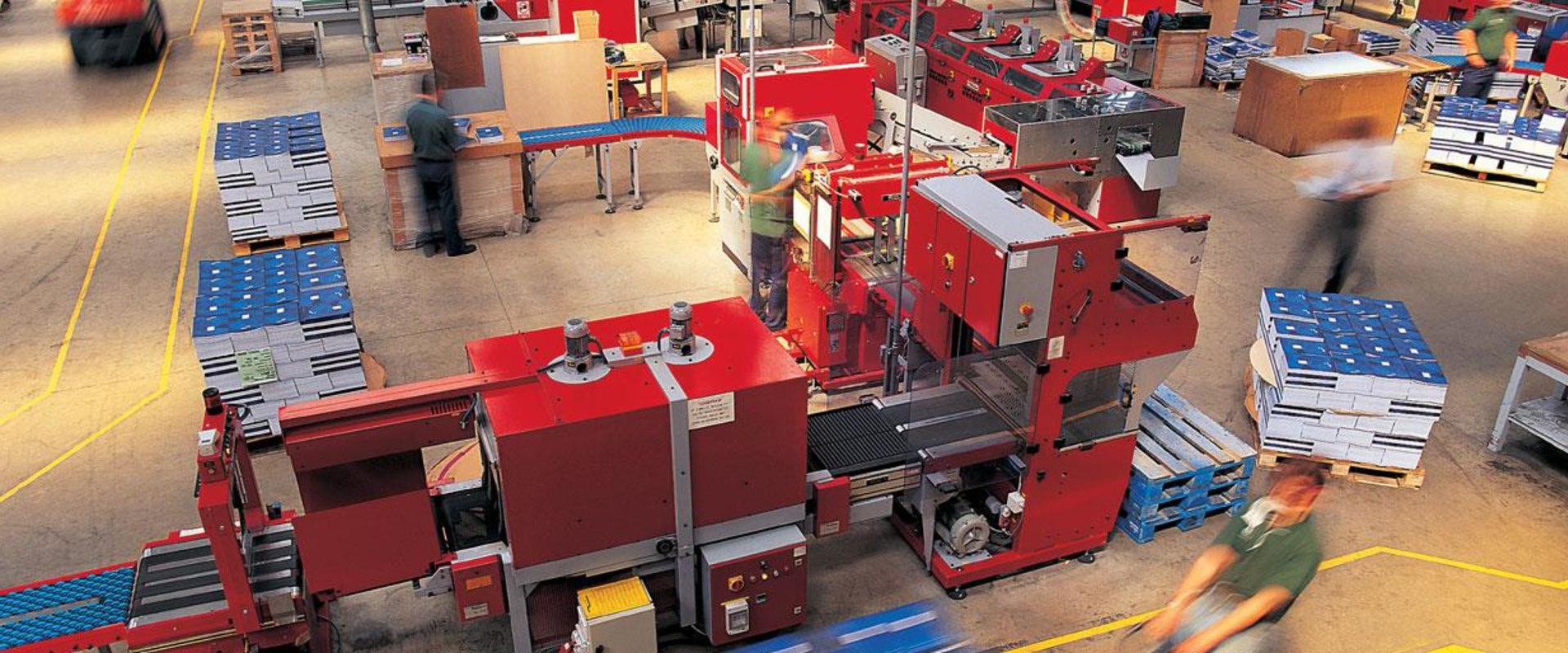
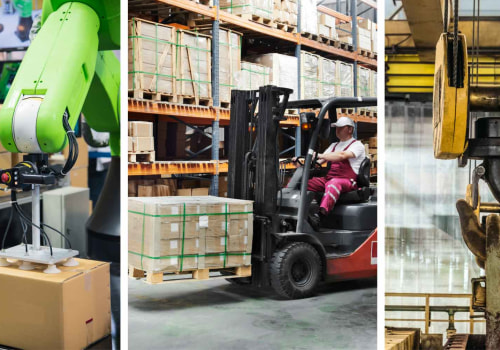
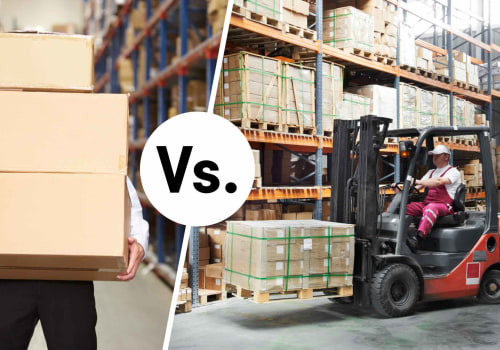

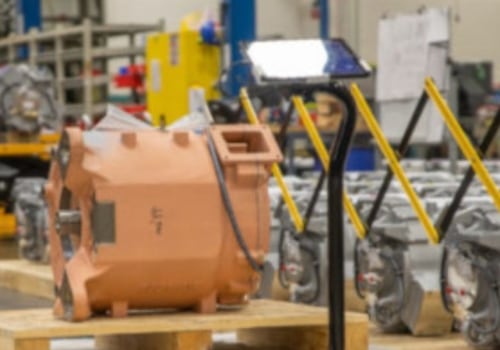


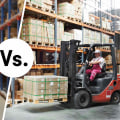

Leave a Comment